Eight “basics” to start off…
The introduction to this article has been rewritten several times. The original versions resorted to describing the adverse events that caused the long-announced fan testing to be so dramatically delayed. But the text was always dreadfully boring… the important thing is that everything managed to make it to the start. But before the starting gun, come take a thorough walk around the track where the measurements will take place.
8 “basics” to start off…
And we are at the end of the elaboration. Thanks to all the readers who have chewed through the whole text from the beginning to the very end. You now have a pretty good idea of how we test fans. And also that for a relevant evaluation of all parameters it is necessary to prepare properly.
The hardest phase is over, we are all set to start transforming HWcooling into HWCooling. Don’t worry, we remember well our original intentions, when the name of the game was pure cooling issues. However, it very quickly became apparent that this focus alone was not going to be enough for the magazine to survive. Therefore, the original topics started to be pushed out by various other, often simpler, less tedious ones.
BoMan’s comment about dissatisfaction with the direction of HWC still robs me of sleep to this day. But the biggest difficulties are hopefully behind us now, and good ground is finally being made for in-depth cooling tests. And don’t worry, it won’t just be about fans. This is just the beginning, and we already have many at least as interesting topics in the pipeline. But prospectively, we’ll start fan tests, set up some sustainable regularity, and gradually pack in some new stuff as well. For example, we have a unique setup for testing heat conductive pastes and heat conductive pads, although only on paper so far.
We’ll have a dust filter test coming up next, followed closely by a larger fan comparison test. We will include eight models that are from the cheaper category or those that are not even sold anymore and thus few people would look for their “solo” tests. But as a reference point from which to base evaluations of newer or more attractive fans, they will serve well. So tune in thematically, here we go!
And one more thing. I’ve been thinking about my outcry on Friday. Please don’t hold it against me, but if our work on fan testing is to be overshadowed by something weaker and it should claim otherwise, I’ll comment and set the record straight. It’s not about ego, it’s about being able to continue to function and do an honest job. That is the whole point. But I trust that no unpleasant confrontation will be necessary. In a gravy time, where facts often take a beating, one needs to show their horns every now and then. 🙂
English translation and edit by Jozef Dudáš
- Contents
- Introduction to fan testing
- Basis of methodology, the wind tunnel
- Mounting and vibration measurement
- Initial warm-up and speed recording
- Base 7 equal noise levels...
- ... and sound color (frequency characteristic)
- Static pressure measurement…
- ... and airflow
- Everything changes with obstacles
- How we measure power draw and motor power
- Measuring the intensity (and power draw) of lighting
- Eight “basics” to start off…





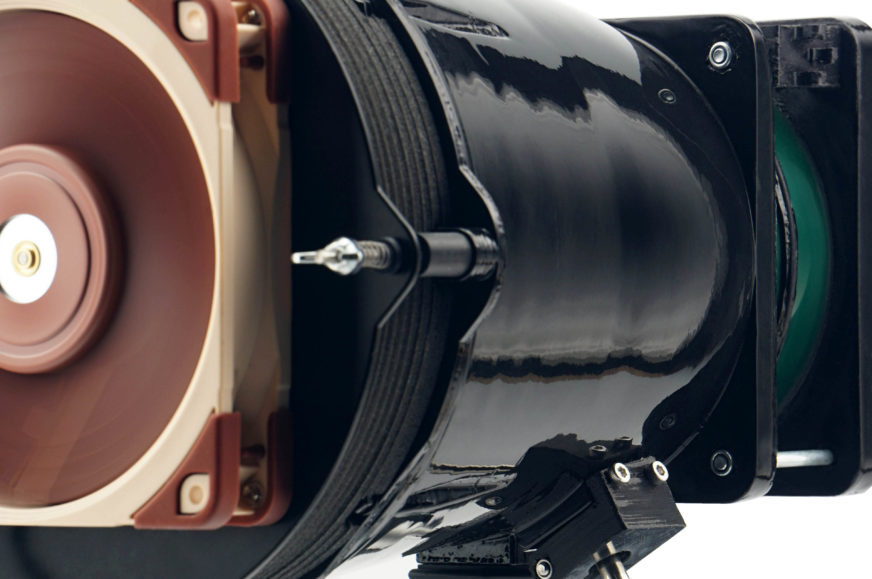
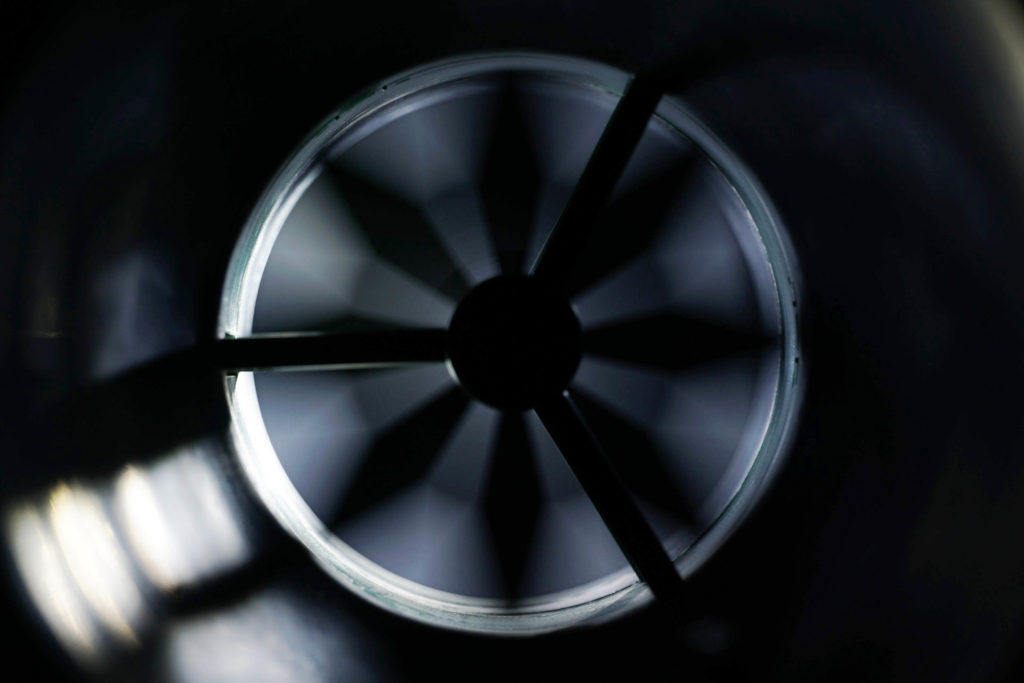
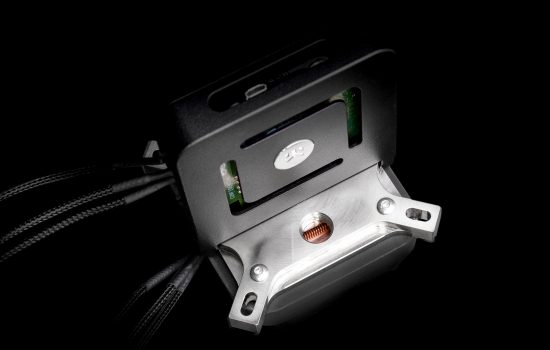
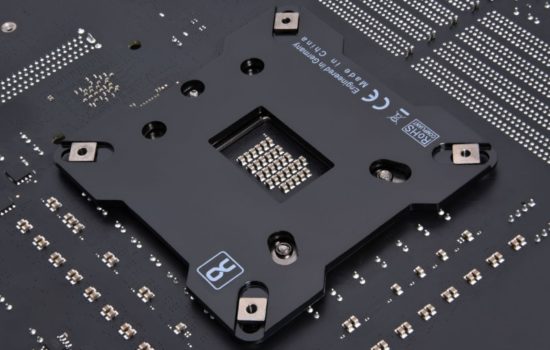
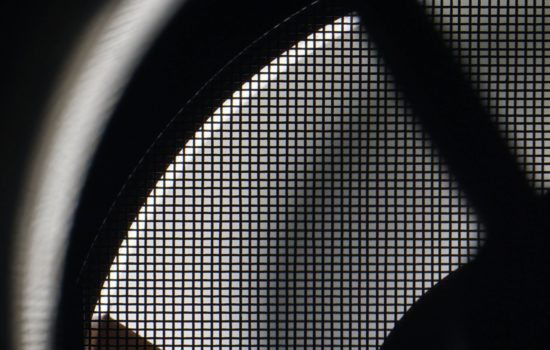



Have you tried PWM controllers other than the Noctua NA-FC1? Does the NA-FC1 offer some advantages over other (often much cheaper) controllers?
We tried our own solution, our own PWM controller. But it was rather clumsy and the only disadvantage of NA-FC1 is that it is not possible to read a numeric value from it. And maybe the fact that it has a narrower rotation range. As long as it is powered by a laboratory power supply, it does not reduce the sensitivity of the exact setting (and what needs to be set can always be fine-tuned in units of mV on the power supply). I have no experience with other off-the-shelf PWM controllers, nor did I know there were any. All PC speed controllers I have used in the past only supported DC control. I have probably the most experience with Scythe Kaze Master Pro and Lamptron Touch. 🙂
Hi,
Could you please clarify the flow in the pull position?
I’m referring to measuring the airflow in a pull fan configuration.
Yes, thanks for asking. Schematically this is the model:
The airflow guide is on the opposite side of the tested fan. This design is the result of several years of research in which we compared different tunnel concepts and in the end we evaluated this design as the most accurate and the most objective. Different tunnels have different problems, for which some fans are relatively advantageous, but others are disadvantageous. This topic is not suitable for a comment below an article, a whole book could be written about it. And we will write it as well, but everything in its time. Some of the wording and details in the methodology are deliberately such that someone cannot adopt it 1:1. We wanted to avoid such a risk, because it would put us at a considerable disadvantage if many things were considered a “good idea” even by someone with significantly better marketing than we have.
But we are slowly approaching the stage when we will be able (our two-year work on tests will not be surpassed :)) to go into details (and also, if I can find the space for it, I would like to revise the overall documentation for the test methodology) and on the basis of the results of our own experiments to analyze in detail why our design is more relevant for the evaluation of fans than the traditional designs with long ducts with a grilled airflow guide. Even a detail such as the orientation of the fan to the tunnel can significantly distort the perspective of the evaluation. When measuring the noise of fans on a tunnel, its walls (tunnel walls), compared to free space, increase the noise of each fan differently. There is a more detailed discussion on this in this thread actually. But these are all things that require reviews of different tunnels with different fans under different conditions to understand sufficiently. We have these data and sooner or later we will certainly process them and publish them in a series of popular-style articles. I can’t promise to do it right away, because it will be a lot of work, which will be commercially inefficient. And serious magazines that want to survive and are based on in-depth reviews don’t have much room for that. But we will certainly get there. It is necessary to start off gently, so that people can understand elementary things/phenomena sufficiently. The design analysis of individual elements in the test tunnels is a more complex topic for the true fan enthusiasts, of which there are only a few, unfortunately. The interest must be always more widespread for the work to make sense financially. With this, we will definitely go financially into the negative, the efficiency in this direction will be low, but we count with it and we have to plan everything properly. Particularly since the series of articles on this subject will be extremely laborious, it is a very demanding topic. Especially if the form of processing is to be understandable even for laymen.
The orientation of the air flow through the tunnel need not interest you at all. With regard to the design of the test tunnel, it is chosen with a view to achieving sufficient laminar flow wherever it is necessary for objective measurements. It has nothing to do with the orientation of the fan on the obstacle. Differences in this respect are shaped primarily by the degree of imperfection of the test system. If someone gets lower airflow on push, it is mainly because the nature of the airflow is more turbulent at the point of dynamic pressure measurement.